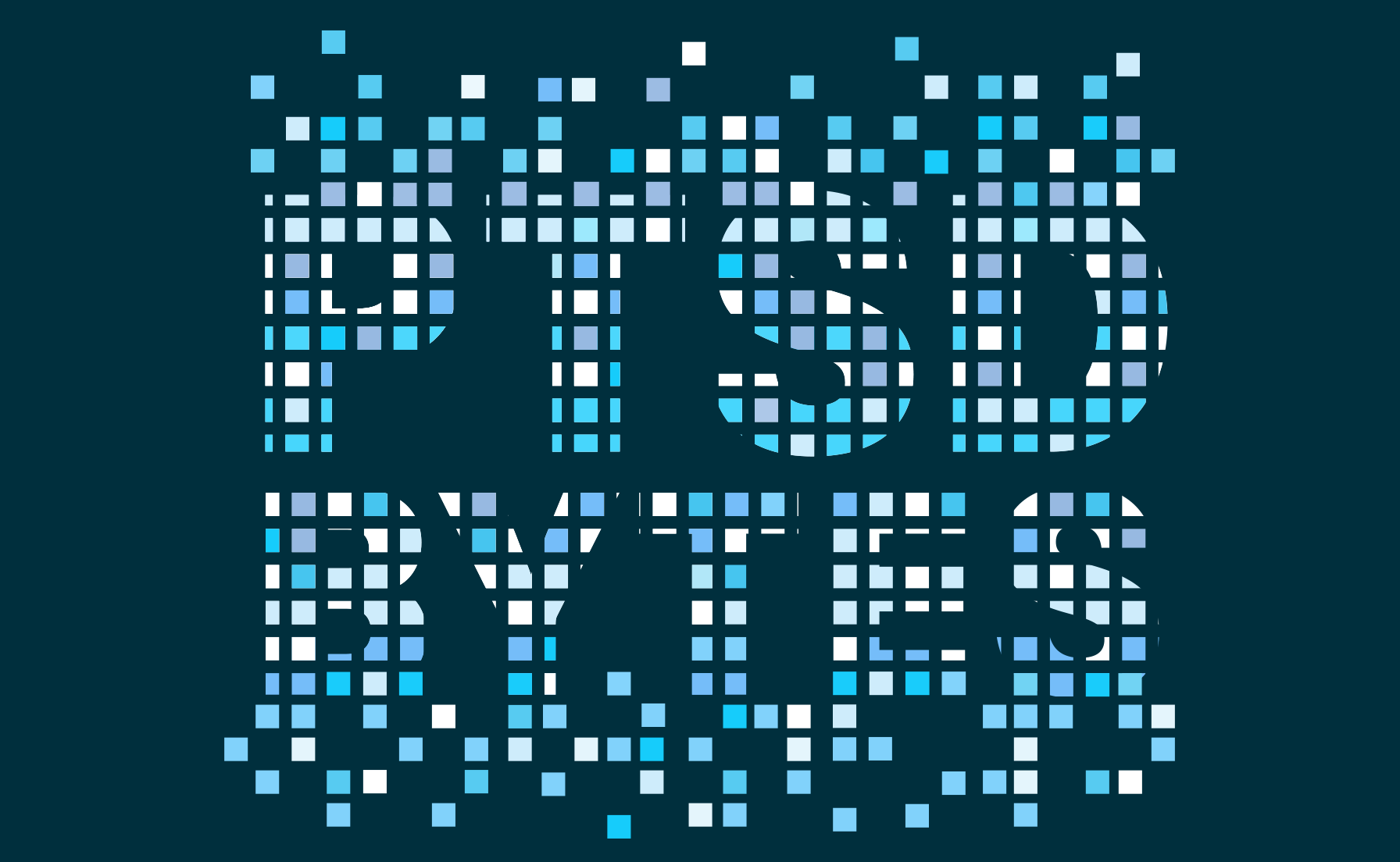Complex PTSD
Complex PTSD
Available en Español
Trauma can affect people for a long time, sometimes as posttraumatic stress disorder (PTSD). You may have also heard of "complex trauma" or "complex PTSD" and wondered what this is. This article explains what complex PTSD (CPTSD) is, how it's related to PTSD, and what it might mean for treatment.
Reading time: minutes
What is complex PTSD?
Traumatic events such as war or sexual violence can deeply affect people. After a trauma, most people find themselves thinking more about the event and feeling nervous or irritable. When symptoms—like reliving the event, avoiding trauma reminders, and feeling on edge—last for more than a month, it could be a sign of PTSD.
You may have also heard the term "complex PTSD." The idea is that some traumas may be more "complex." That means that they are traumas that were long-lasting, happened during childhood, and involved harm from another person—especially when that person was someone you trusted. An example might be sexual abuse of a child.
After these particular types of chronic or personal traumas, people may develop the symptoms of PTSD, and also other difficulties thought to be part of "complex PTSD." For instance, people may find changes in their personality, their ability to have meaningful relationships, and their ability to manage strong emotions. Because these events often involve other people harming you, they can make it hard to trust or relate to other people. Often when people can't escape from a harmful situation, they start to feel bad about themselves and to feel like they can't control their own emotions. Some people dissociate, or separate from reality, as a way to escape an awful situation. They may continue to dissociate even after traumas are over, making it hard to stay in the present.
People with either PTSD or complex PTSD (or CPTSD) often experience related mental health difficulties, such as depression, anxiety, substance use problems, dissociation, or borderline personality disorder. But some people will only have PTSD.
How are PTSD and CPTSD diagnosed?
It is helpful to know that there are 2 main systems used to diagnose mental health conditions. The Diagnostic and Statistical Manual (or DSM) is published by the American Psychiatric Association. The International Disease Classification (or ICD) is published by the World Health Organization.
There is not agreement among these classification systems as to whether complex PTSD is its own unique disorder. In the DSM—the U.S. system—the PTSD diagnosis includes a broad range of symptoms, including symptoms that are thought to come from experiencing repeated personal trauma, like changes in the way people see themselves and difficulty feeling connected to other people. There is not a separate complex PTSD diagnosis, because it is captured by the diagnosis of PTSD.
In the ICD—the global system—there are 2 separate diagnoses, and you can only have one or the other. PTSD includes symptoms of reliving the event, avoiding trauma reminders, and feeling on edge. Complex PTSD includes those symptoms but also requires additional symptoms like difficulty with managing emotions, feeling worthless, and withdrawing or feeling distant from others. The complex PTSD diagnosis was added to the ICD in its 11th edition, published in 2022.
It is important to note that in both systems, any type of trauma can be related to PTSD or complex PTSD. This is because, although repeated, personal, childhood traumas are more likely to lead to complex PTSD, this is not always the case. For instance, one person may experience childhood sexual abuse but only have minor or no symptoms. Another person may experience a single serious car accident and experience large changes in their self-esteem and relationships.
How might the difference in the DSM and ICD definitions impact you?
In practice, PTSD (as defined by the DSM in the U.S.) and complex PTSD (as defined by the ICD in the rest of the world) have a lot of overlap. For this reason, although you may hear people talk about complex PTSD in the U.S., it is not often given as an official diagnosis, and may not need a different type of treatment. Some providers may use the terms in place of each other.
How common is complex PTSD?
The best estimate for the U.S. comes from a study using the current ICD definition. This study found that about 3 out of 100 adults (or 3%) had current PTSD, and about another 4 out of 100 adults (or 4%) had complex PTSD. In another study that used the current DSM definition of PTSD (which overlaps somewhat with the ICD complex PTSD diagnosis), about 6 out of every 100 adults (or 6%) had current PTSD. So, the number of people affected is similar using either classification system.
What treatments are used for CPTSD?
There is a lot of misinformation about treatments for complex PTSD. Some of this is because the diagnosis of complex PTSD is newer than PTSD, so there has been less research. Many therapists and researchers have ideas about the best ways to treat complex PTSD, and more research on these theories will happen in coming years. Most important is that PTSD treatments work well, whether you have PTSD or complex PTSD.
Here is what we know so far, and what future research may help clarify:
- Trauma-focused treatments, which are the most effective for PTSD, also treat complex PTSD. This is a good place to start. These treatments generally take 3-4 months.
- It may be that once PTSD has been treated, some other concerns (such as depression or relationship health) still need to be addressed. You can discuss this with your provider.
- There is research on "phase-based treatments," but we don't yet know if they work better than trauma-focused treatment alone. In phase-based treatment the therapy starts with building some skills to manage relationships and emotions, then works on directly processing the trauma memory. The most common example of this type of treatment is STAIR, Skills Training in Affective and Interpersonal Regulation, which is designed to help with relationship and emotion skills before trauma processing. This is something you can discuss with a provider if you think it would be helpful for you.
- There are also some suggestions that body-oriented treatments or programs, such as trauma-informed yoga, may be helpful to those with complex PTSD. So far, we don't have evidence to say that is the case. But often yoga and other movement or mindfulness practices can be helpful for well-being in general.
In addition to treatment, it can be helpful to put in place some strategies to help yourself feel better. Coping with Traumatic Stress Reactions offers healthy strategies you can try.
Summary
The diagnosis of complex PTSD is somewhat overlapping with PTSD. Right now, the best research shows that PTSD treatments can treat complex PTSD. Because the complex PTSD diagnosis is more recent than PTSD, there is not a lot of research to understand whether other treatment approaches might offer additional benefits to PTSD treatment for people with complex PTSD. This understanding will continue to evolve as we learn more from on-going research.
You May Also Be Interested In


























